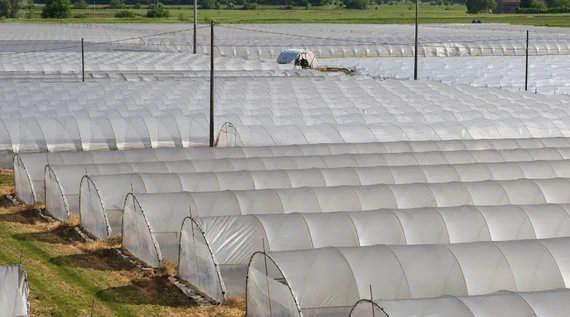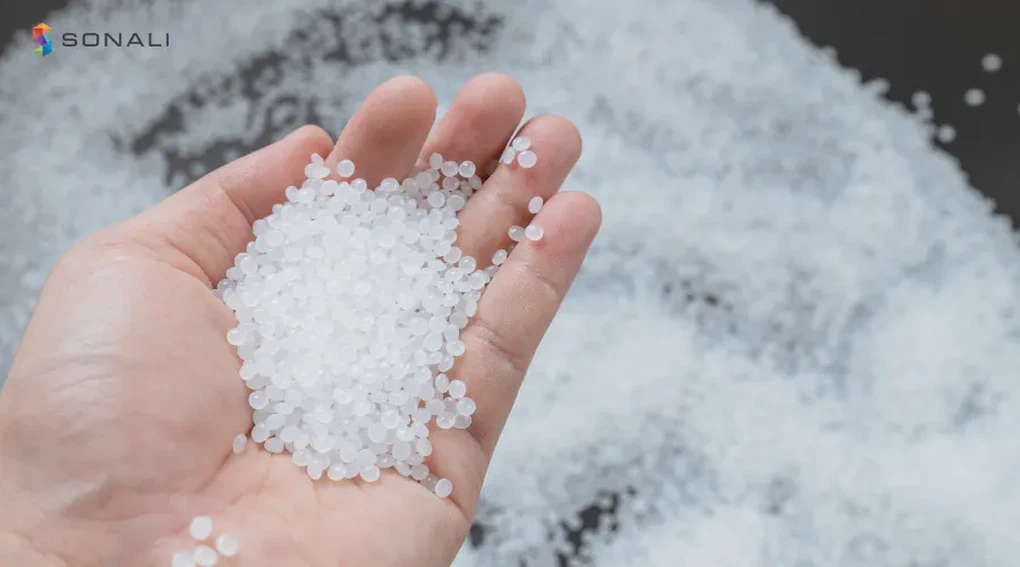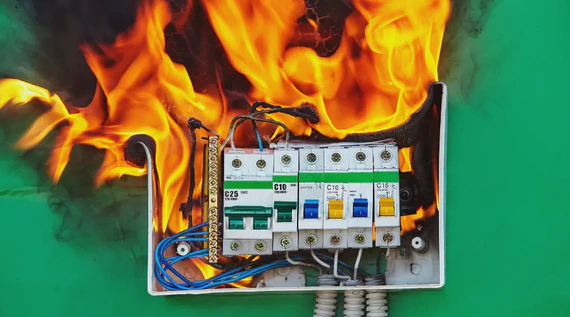
Inside the Pellet: How Antioxidant Masterbatches Are Formulated and Tested
Inside the Pellet: How Antioxidant Masterbatches Are Formulated and Tested Small in size. Massive in science. Every …

In polymer compounding and recycling, blending polypropylene (PP) and polyethylene (PE) is a common approach to balance performance and cost. PP offers stiffness and thermal resistance, while PE contributes toughness and flexibility — making their combination valuable across industries.
However, their structural differences make PP and PE only partially compatible, leading to several performance and processing challenges. This is where grafting masterbatch comes in — acting as a chemical bridge to unify the two materials at the molecular level.
Blending PP and PE without a compatibilizer can lead to:
Poor Interfacial Adhesion
Their differing polarities prevent good bonding at the molecular level, causing delamination and reduced strength.
Phase Separation
PP and PE tend to separate during melt processing, creating uneven morphology and inconsistent performance.
Low Mechanical Strength
The lack of cohesion translates into poor tensile, impact, and elongation properties.
Processing Instability
Unstable melt flow can result in surface roughness, flow marks, or dimensional distortion in the final product.
Grafting masterbatch is a functionalized polymer — typically PP or PE — that is chemically modified by grafting reactive groups such as maleic anhydride (MAH) onto its backbone. This introduces polar sites that can interact with other polymers, fillers, or reinforcements.
These act as compatibilizers, improving interfacial adhesion and blend uniformity.
When added to a PP/PE blend, the grafted functional groups interact with the adjacent polymer phase or polar additives. This improves interfacial bonding, promotes morphology stability, and enhances mechanical integrity throughout the product.
Enhanced Mechanical Strength
Improves tensile, impact, and elongation properties
Stable Morphology
Reduces phase separation, ensuring uniform dispersion
Improved Surface Quality
Enables smoother finishes and dimensional control
Processing Efficiency
Promotes better melt flow and filler compatibility
Support for Recycling
Enables upcycling of mixed polyolefin waste streams
Filler Interaction
Improves bonding with fillers like glass fiber, talc, and wood flour
Blending PP and PE is a practical and cost-effective approach in polymer processing — but without proper compatibilization, it can result in poor performance, instability, and waste. Grafting masterbatch offers a highly efficient solution by chemically bridging the gap between incompatible polymers, enabling stronger, more stable, and recyclable materials.
As industries move toward higher-performance and sustainable materials, compatibilization through grafting technology is becoming an essential part of the polyolefin processing toolbox.

Inside the Pellet: How Antioxidant Masterbatches Are Formulated and Tested Small in size. Massive in science. Every …

Fire safety is not just a regulatory requirement — it’s a life-saving necessity. Every year, countless incidents are …
With 80,000 MTA capacity and world-class manufacturing across India, Sonali delivers plastic solutions trusted around the globe.
Contact Us